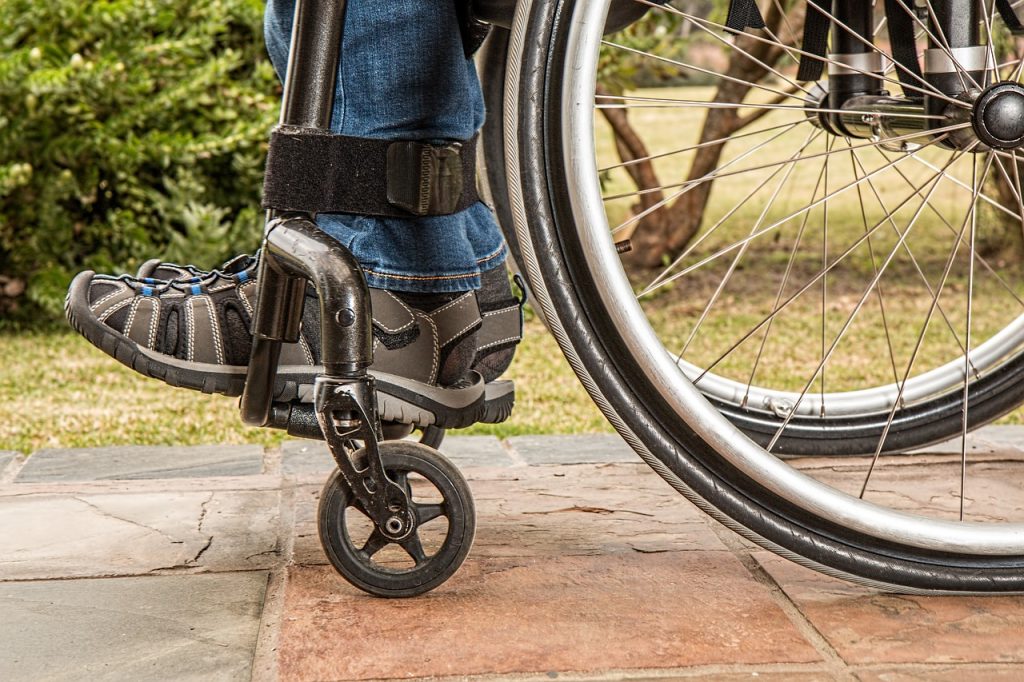Caregivers are also known as home health assistants or personal care aides.
Their duties include assisting clients with their daily tasks and self-care.
They also provide substantial social support and assistance and even get their clients to involve in their community more actively.
As of 2014, the employment of caregivers amounted to 1.8 million jobs.
Mostly, they were employed in small groups, private homes, or large communities.
By 2024, the employment rate is expected to grow by 24%.
Personal care assistants typically receive their training on the job, and most employers don’t require any formal education from them.
In 2015, the Bureau of Labor Statistics estimated the average salary for caregivers at $20,980.
The salary is below the minimum wage due to the low educational requirements as well as bonus opportunities.
Caregivers should possess certain qualities, including being empathetic, kindhearted, and willing to make sacrifices.
Typically, they work with children, elderly people, or people with disabilities.
Article Table of Contents
Job Overview
The work of a caregiver includes various tasks.
They provide personal and emotional support to those who, for one reason or another, can look after themselves and help them carry on with their everyday life.
Typically, caregivers don’t practice any medical procedures.
However, it can vary depending on the employer.
Often, caregivers live with their clients in their homes.
Their schedule is based on shifts.
The tasks of home health assistants can include preparing meals, taking care of errands, cleaning the house, and helping clients overcome their difficulties.
Even for experienced caregivers, these tasks can be exhausting.
Responsibilities
Even though the duties of a caregiver can greatly vary from one workplace to another, most responsibilities overlap across the positions.
In most cases, it can be helpful since clients can have various requests, schedules, and ideas on personal care.
The common tasks of caregivers include the following:
- Assisting clients with everyday tasks around the house.
- Helping clients take their medication prescribed by doctors.
- Providing ambulatory and mobility assistance around the house and outside.
- Assisting with personal hygiene and grooming.
- Helping clients get dressed.
- Assisting clients with physical therapy exercises.
- Planning and preparing meals and meal schedules.
- Handling the shopping needs of the clients.
- Helping to clean the house.
- Being supportive and friendly.
- Providing companionship to the client.
- Reporting any suspicious or unusual situations.
- Quickly responding in case of an emergency.
Even though the responsibilities of a caregiver overlap in different workplaces, they can vary depending on the field.
The duties vary the most in the childcare and senior care area.
Below, we’ve listed the responsibilities common for each field.
Senior Caregiver Duties
- Assisting clients with their everyday requirements (such as bathroom and toilet habits).
- Carrying out householding duties such as cleaning, dusting, or vacuuming.
- Making beds and changing bed linens every day.
- Helping clients carry out mental and physical exercises according to the doctors’ prescriptions.
- Escorting clients to appointments.
- Providing companionship every day.
- Taking clients for low-intensity sports and walks.
- Preparing or supervising the preparation of the client’s food ensuring it follows the doctors’ instructions.
- Washing and ironing the laundry.
- Shopping for groceries.
- Paying bills.
- Taking care of mail.
- Ensuring that clients are taking the right medications.
- Maintaining records of the client’s activities and behaviors.
Child Caregiver Duties
- Providing childcare at the residence of the employer.
- Bathing, feeding, and dressing children and infants.
- Changing diapers.
- Setting up a meal schedule.
- Mixing different formulas.
- Maintaining cleanliness and sanitariness of the client’s house.
- Taking children to and from school and appointments.
- Maintaining a safe environment in the house.
- Organizing and participating in children’s activities such as reading sessions, games, crafts, etc.
- Overseeing children at all times.
- Reporting any irregular situations to the agency or at home.
- Recording everyday activities.
- Keeping records of every kid’s health status.
- Assisting with teaching children special hygiene and social development.
- Maintaining the kids’ discipline according to the requests of parents.
- Helping children’s emotional development.
Requirements
There are some requirements that anyone interested in the job of a caregiver should meet.
These requirements aren’t legal or educational, but they include personal qualities and skills without which one wouldn’t succeed in this position.
The necessary skills and qualities for a caregiver include:
- Superior cooking skills.
- Superior housekeeping skills.
- Ability to follow the rules and constraints (including physical, dietary, safety, etc.).
- Willingness and knowledge to follow safety and health standards.
- Respectful behavior and mannerisms.
- High levels of compassion and empathy.
- Excellent time management skills.
- Outstanding interpersonal and communication skills.
- Great levels of physical strength and stamina.
Training and Qualifications
Generally, the employers don’t care about the educational background of a caregiver.
However, typically, the employees have at least a high school diploma.
Although, in some states, caregivers need some formal training form such establishments as vocational schools, elder care programs, or similar healthcare organizations.
Caregivers wishing to work for Medicare or Medicaid are often required to be certified.
One of the most preferred certifications is CNA.
Additionally, there are plenty of training programs available, and often mandatory, for the people in this profession.
These programs usually cover the duties of nurses or other home health assistants.
The training of caregivers typically includes handling safety information, responding to emergencies, preparing special food, and other issues they may face on the job.
Experience
As PayScale reports, experience doesn’t influence the job and salary of a caregiver greatly.
After working for 20+ years, one can get a pay raise of $4,000 to $5,000 only.
Since the average salary is already below the minimum wage, not many people go for this option.
Experience can be an influential factor when being hired as well as contribute to other career opportunities.
Some employers won’t hire a person for a caregiver position without proof of experience on a similar job.
However, the requirement for the experience still depends on the employer.
Career Outlook
The Bureau of Labor Statistics reports that the rate of employment for caregivers should increase by 26% by 2024.
Compared to other occupations in the US, this growth is much faster than the average of 8%.
The optimistic prospects are determined by a few factors.
First, the employment rate is greatly influenced by the increasing elderly population and the natality rate.
These factors influence the rate more than all the others altogether, simply because it is a matter of supply and demand.
However, there are more reasons for this.
Another factor is the low educational level required for the job.
The fact that only a high school diploma is necessary for the job is highly motivating both for men and women taking the job.
Besides, women take this job far more often than men, which are only 8% of all caregivers.
With bonuses, profit sharing, and overtime work, caregivers can increase their usual $10 per hour to $31.
Being one of the most low-paid jobs in the healthcare field, there’s still a good demand for the position of a caregiver.
Caregivers work to improve the quality of living of their clients under the circumstances they are in.
Often, it results in a decreased quality of life of caregivers themselves.


Am grace from kenya
Intrested in working with you.
Am reliable anytime, hoping to get a chance
rahma Mohamed,from Tanzania looking for this job